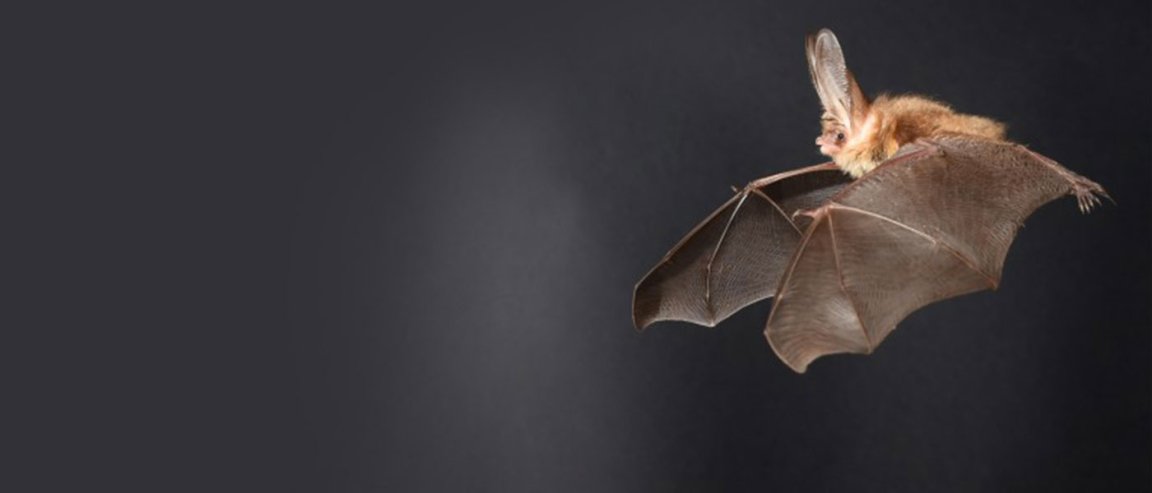
Some bats have rather largish ears, which (unsurprisingly) doesn’t make for very fantastic aerodynamic flight. Indeed, theoretical views of the form and function (aka morphology) of bats’ ears have long held that the ears just caused drag, but a new research shows otherwise.
The study, which was published in Scientific Reports, was conducted by researchers from the Lund University in Sweden. It shows a detailed look at the flight maneuvers of long-eared bats, and remarkably, it could lead to new flight mechanisms for drones.

The researchers observed that the bats’ bodies and ears actually helped in generating lift based on the way the air moves around their bodies. Moreover, they found a novel mechanism in the bats’ flight technique to generate thrust force at slow speeds, giving them maneuverability.
The bats were made to fly through a wind tunnel to reach a food source. The researchers used smoke illuminated by lasers to map the force distribution of the bats’ flight patterns.
Lead author Christoffer Johansson Westheim asserts that flight control at low speeds is very challenging, and that this study offers insight to future drone designs to improve control mechanisms.